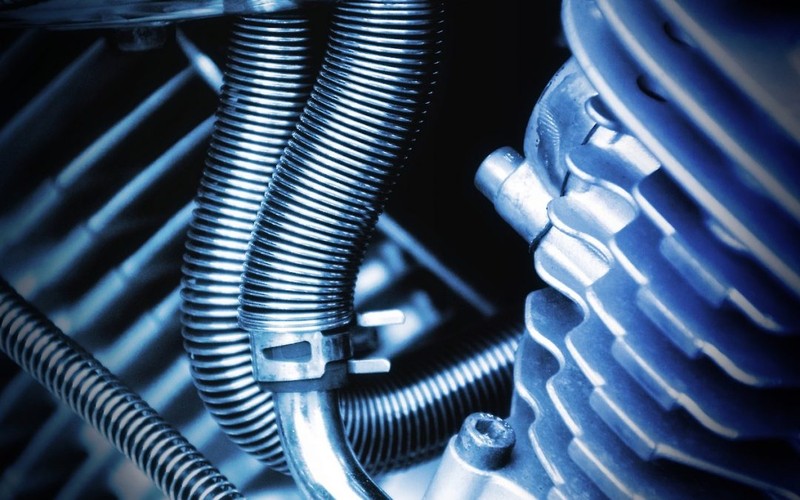Why do hydrostatic testing?
Hydrostatic testing is one of the most common industrial testing methods for testing hoses, pipes and other pressured vessels. If the hydrostatic test is deemed successful, it then validates the product/unit to be used under a specific pressure or in a certain environment, for a specified length of time.
The market for tested pipes, hoses and assemblies is extremely competitive – nobody wants to buy something that hasn’t been certified. These products need to stand up against stringent and methodical testing over a long period to determine their pros and cons.
Hydrostatic testing is usually carried out under the specifications of the test supplier, the industry standards or even the customer. Most often the testing is performed inside a contained system to lower the chance of any errors and give ultra-precise recordings.
How does a hydrostatic test work?
A standard test procedure would be to fill a container with a liquid that has incompressible properties, usually water, colour-dyed water or an oil, and then to place the vessel (such as the industrial hose) inside the container and apply a pre-specified pressure inside the closed system. The applied internal pressure is usually around 1.5x the maximum working pressure of the hose, and the amount of time is normally fixed.
This known pressure is typically a great amount larger than the standard pressure of a device, as to to test its integrity. As the pressure is added to the system, it causes the vessel to expand. Both the permanent pressure and the total pressure expansion of the vessel are measured.
These measurements, alongside the internal and external visual checks, are used to certify whether or not the vessel can be used safely. This also helps to create understanding of the expected life of the container. A product must be condemned if its structural integrity is not as it should, is degraded or if it completely fails.
This is an extremely important test to identify how safe and/or durable a vessel is under pressure and also to find any leaks that a vessel may be prone to developing in the future. The hoses and pipes are often used to transport dangerous or hazardous substances such as chemicals – there is no room for error in these sorts of industries.
All good-quality hose testing and hydrostatic testing services will keep digital records of their products and will continue to monitor each unit throughout the course of its lifetime. This ensures that any mistakes are kept to an absolute minimum.










